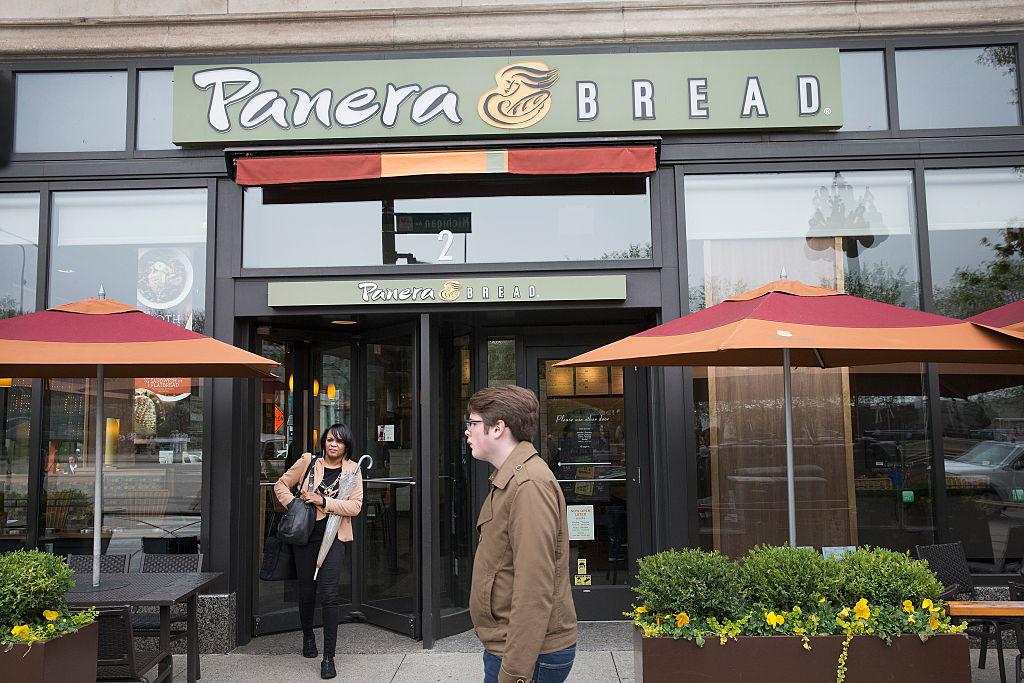Panera Bread restaurants in select locations will install Amazon One devices that scan the unique features of the palm to record a signature for purchases.
Though advertised as making paying easier, the technology has raised security concerns.

Panera Bread restaurants in select locations will install Amazon One devices that scan the unique features of the palm to record a signature for purchases.
Though advertised as making paying easier, the technology has raised security concerns.